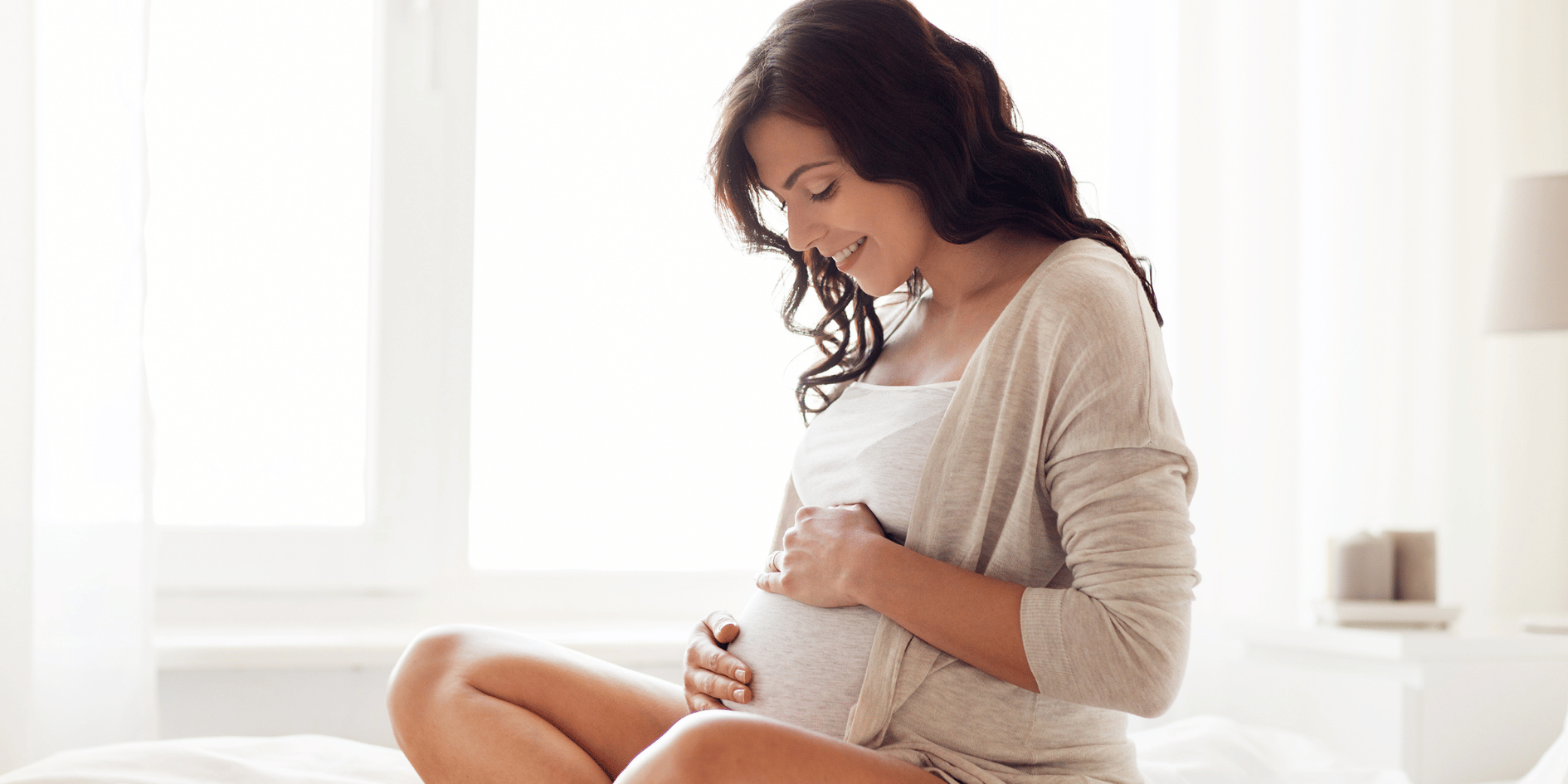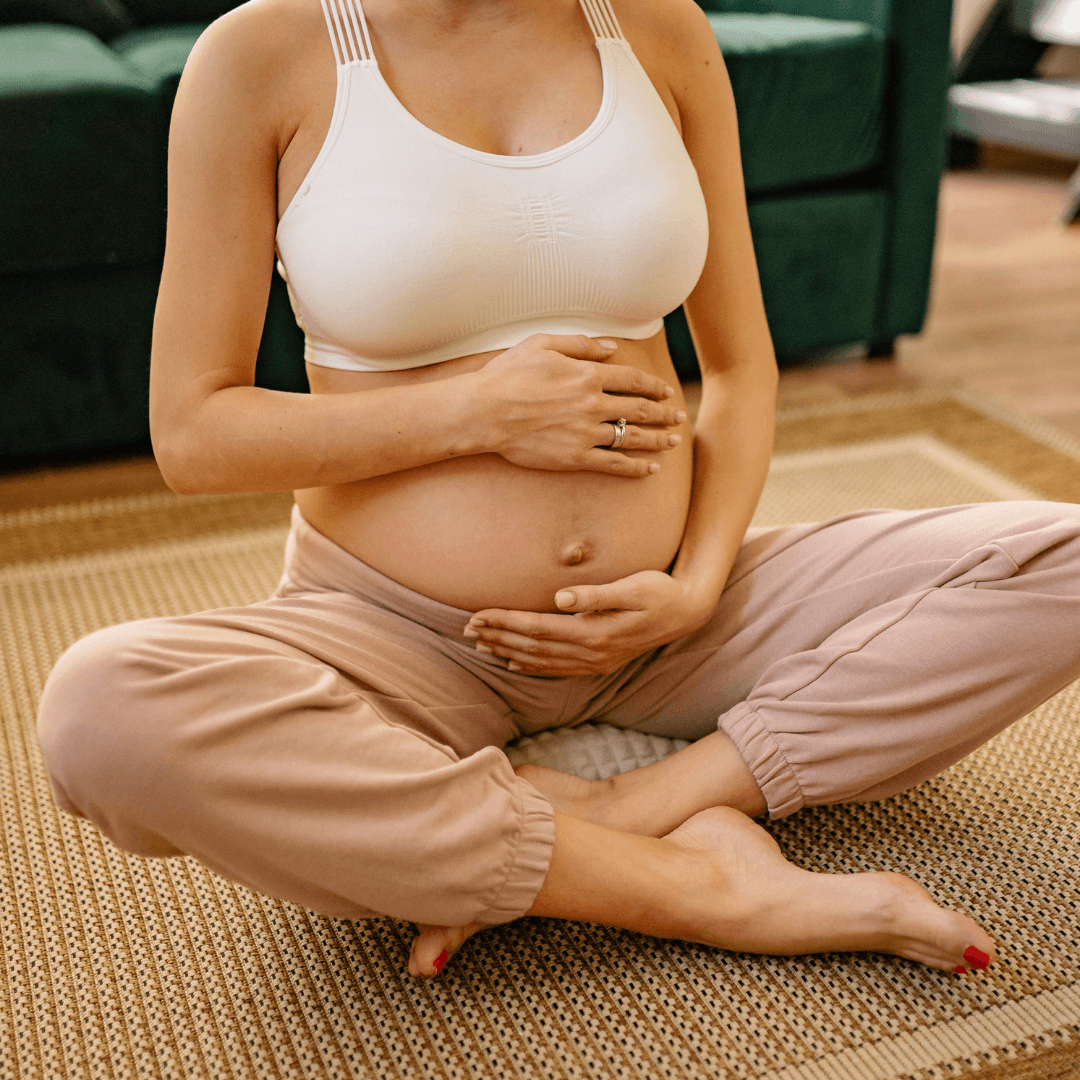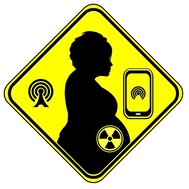Pregnancy Osteopaths Wellington
Our registered Osteopaths Dr Melanie Young, Sebastian Tucker, Dr Giulia Buczkowsky and Dr Emma Winn, are experienced and trained to assess and treat pregnant women. This includes specific medical history considerations, treatment positioning for comfort and the most helpful, gentle treatment approaches to ease pregnancy pains and prepare for birth. We also help women who are struggling with fertility issues.
If you have any pregnancy related pains, we can usually ease them away very effectively or we will refer quickly and appropriately. Osteopathy for pregnancy has been found to help reduce or eliminate back pain, neck pain, pelvic pain, headaches, blocked sinuses, rib pain and/or reflux during any stage of pregnancy. We use gentle approaches so are able to treat safely from very early in pregnancy.
As Pregnancy Osteopaths Wellington, we work in with Fertility Associates, Reg Acupuncturists, Reg Naturopaths and Homeopaths to help women who are suffering with fertility issues. Even in very complex situations, we are usually able to help women become pregnant, enjoy a healthy pregnancy, experience a successful full-term labour and enjoy their healthy baby.
We highly recommend all women, even if not in any pain, make an appointment to get a pre-labour back and pelvic assessment and treatment at around 35 weeks of pregnancy. At this initial appointment, we take a thorough medical history and do a physical and osteopathic examination so we can assess and assist your back, pelvic joints and associated soft tissues (muscles and fascia) to be as well organised and balanced as possible for successful labour.
At Pregnancy Osteopaths Wellington, we have helped thousands of women have a successful pregnancy and birth with minimal or no medical intervention.
Then at around two weeks post-birth, we recommend you come in with your baby for a check-up.
Over the years we have found all women need their pelvis to be rebalanced due to the forces involved in being pregnant and birthing a baby. (Either through the birth canal or a caesarian section). Also if there is ongoing discomfort, we are able to gently treat the site of an epidural injection and ease the pain away.
We also are able to give post-pregnancy advice for your best recovery including a planned return to exercise safely post-birth. Research shows that Osteopathic manipulative treatment decreases pain and improves back functioning in pregnancy. To see some research, please click here.
Osteopathic Treatment before and during pregnancy.
One of the most unique times in a woman’s life, pregnancy is quite a special state. Fortunately, many women have an easy, straightforward experience, but for those who don’t, osteopathic treatment can be very effective at easing discomfort and making this unique time enjoyable - the way it should be.
In an ideal world, every woman who is planning to become pregnant would have an osteopathic assessment and treatment in preparation for the journey ahead. This is particularly important if she has any musculoskeletal issues, be it lower back pain, neck and shoulders tension or pain, bad posture, or had a severe injury in the past (such as, a past unresolved ankle sprain can alter walking patterns, which may lead to pelvic and spinal dysfunctions or restrictions that can interfere with the necessary postural adaptations in pregnancy and even during the birth process).
Pain can crop up in pregnancy as your body is trying to adapt to major postural changes
While particular attention should be directed towards the pelvis, osteopaths try to make sure the whole body is able to adapt efficiently to the incredible changes that happen on many levels during pregnancy. Some things we focus on with pre-conception treatment, are improving blood flow and lymphatic circulation in the pelvis and abdomen. This is important these days because many people spend hours sitting at their desks or in vehicles. Balancing the autonomic nervous system (which usually means reducing the effects of stress by calming the sympathetic nervous system) is another area that often needs help and can make for a very different experience once a woman becomes pregnant, for both herself and the baby.
While sorting out dysfunctions that can be dealt with pre-conception is ideal, treatment in pregnancy is very beneficial and often needed. Pregnancy is a very dynamic state where the body undergoes some profound changes in a relatively short space of time.
I will touch on a few of those below and mention briefly what osteopaths can do to help “support the change” or reduce discomfort if the changes are not happening as smoothly as they should:
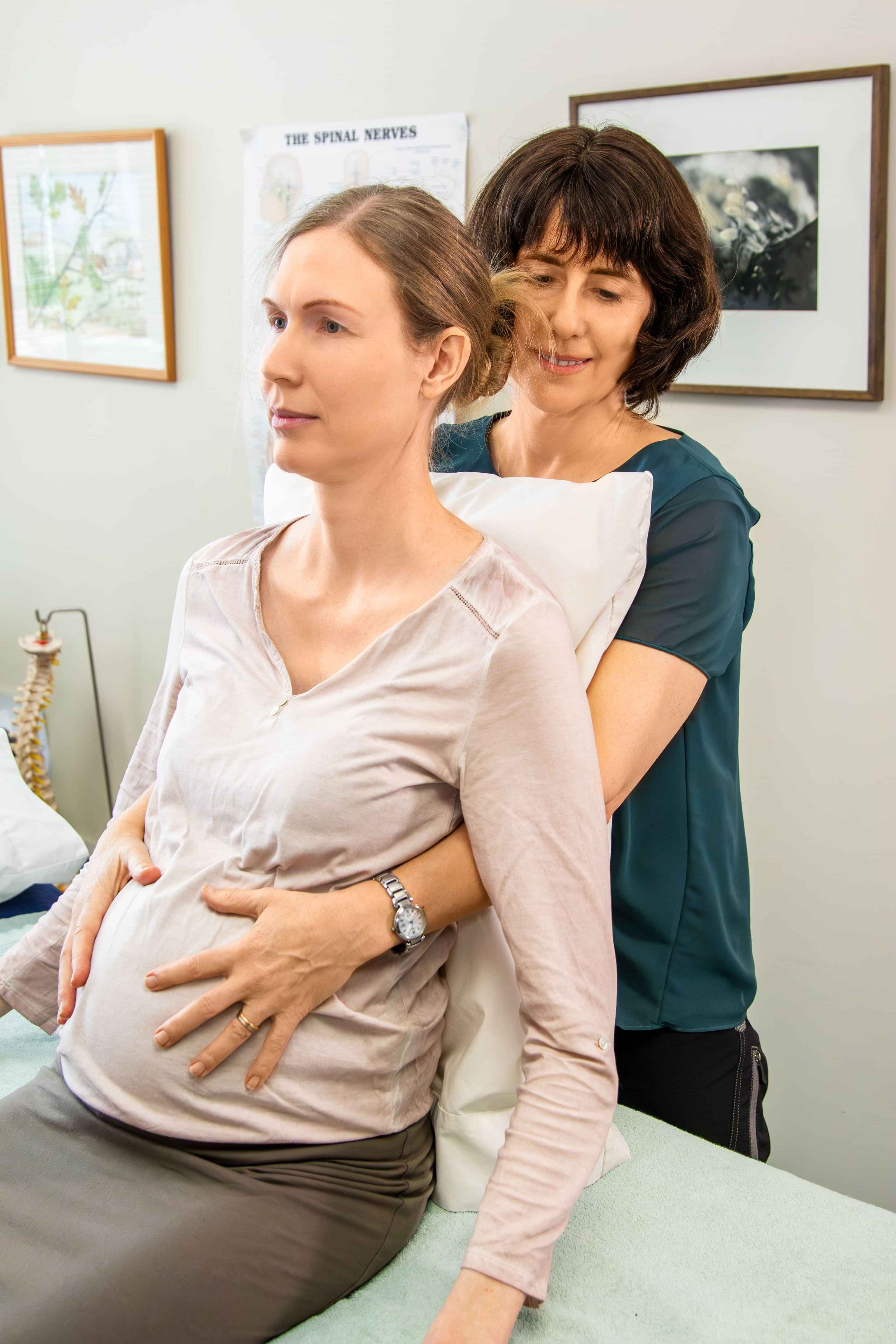
1) Postural/mechanical changes: as the body’s centre of gravity shifts for obvious reasons, the posture changes dramatically. It is of vital importance to ensure that there are no major restrictions so the structure is able to adapt to new demands. One very important aspect is to ensure normal mobility of the sacrum so that it can move during labour thus making it easier for the baby to pass through the birth canal. But it’s not just about the pelvis. Chronic sitting in desk workers often leads to tension and sometimes constant pain in the shoulders/neck or between the shoulder blades. Not only is this uncomfortable and stressful, restrictions there would prevent a woman from achieving a deep squat with good form - which is one of the most useful exercises in pregnancy as well as a great position during labour that helps the baby descend. Having a mobile thoracic spine and ribcage also means you can breathe more efficiently getting more oxygen for yourself and the developing baby, have more energy and a clearer head! Gentle Osteopathic treatment lying on the side is comfortable and safe.
With relaxin at play the ligaments soften and help the body adapt. Some osteopaths consider the increased secretion of relaxin a wonderful opportunity to work with old strain patterns as everything becomes so much more pliable, responsive and likely to change. However, sometimes this increased softening can contribute to strains and pains, especially in the pelvis, either at the back (sacroiliac joints) or in front (pubic symphysis). Having naturally looser joints (hypermobility) can make this more likely. In this situation gentle osteopathic techniques to balance the tension in the pelvic ligaments to allow the bones to find their natural position is very effective in most cases. Increased lower back curve (“swayback”) can lead to compression of the joints and soft tissues in the back and be quite uncomfortable but is also very amenable to osteopathic decompressive treatment.
It is important to realise that posture continues to change even after delivery - with new demands on the body such as feeding and carrying the baby, nappy changing etc. Gentle exercise such as yoga can help and osteopathic treatment (especially what we communicate to the joint position sensors) can be a useful adjunct, especially early on after giving birth when you should rest as much as possible (as a general rule, 6 weeks of no strenuous exercise after delivery).
Feeding and carrying a baby for hours a day can be very tiring and hard work. We understand this and can help your body manage the stresses and strains.
2) In pregnancy there is a dramatic increase in the circulating blood volume. The expanding uterus may make venous drainage less efficient which can lead to congestive issues such as varicose veins in legs, vulval varicosities or haemorrhoids. Generalised fluid retention can also cause ankle swelling or carpal tunnel syndrome. Gentle rhythmic osteopathic techniques can assist drainage and reduce the discomfort of swelling.
3) Changes in the digestive system: during pregnancy, constipation is a common issue and while the importance of a healthy diet (including adequate water intake) and regular movement such as walking, for example, cannot be underestimated, gentle manual treatment that helps balance the nerve supply to the gut can help too. With heartburn being another common problem, easing the pressure on the diaphragm and giving the internal organs more space by gently decompressing the spine, freeing up the lower ribcage and thoracic spine where the diaphragm attaches can make a significant difference.
Osteopaths use their hands to diagnose and treat. Gently sorting out strains so your body can heal.
In summary, the aim of osteopathic treatment in pregnancy is to support and assist the expectant mother’s body in all the changes and adaptations it needs to go through to make the pregnancy and the delivery as easy as possible. It also creates the best conditions for the developing baby and the baby's passage through the birth canal - this is the ultimate preventative care!
Our patients often describe a feeling of very deep relaxation during and after treatment, however there’s much more to it than just feeling nice. The more relaxed and well balanced you are, the more the powerful self healing “programme” inside your body is able to function optimally and that is very good for mums and their babies.
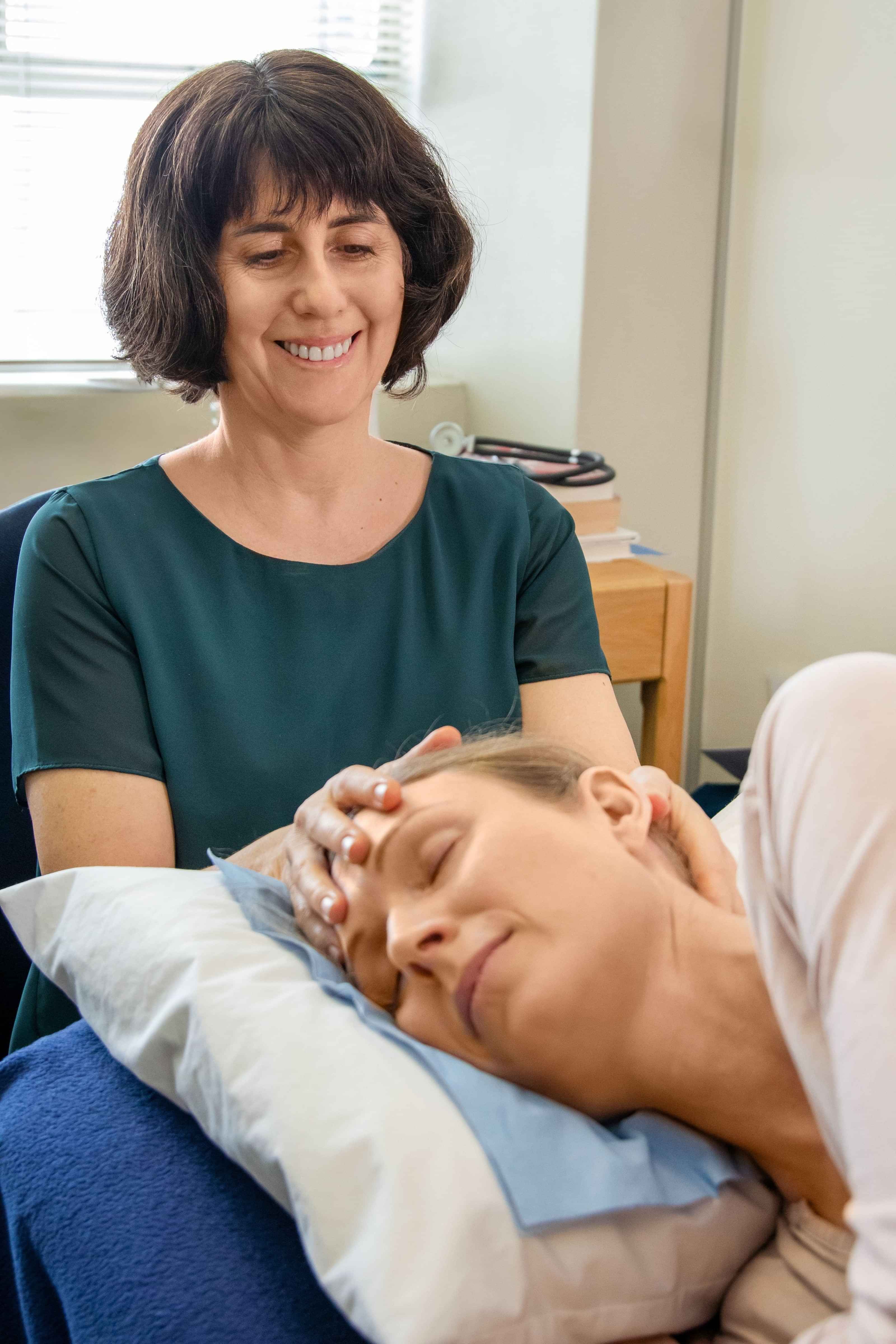
Written by Dr Melanie Young, Reg Osteopath and Experienced Fertlity and Pregnancy Osteopath.
